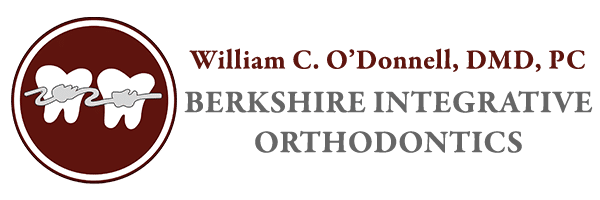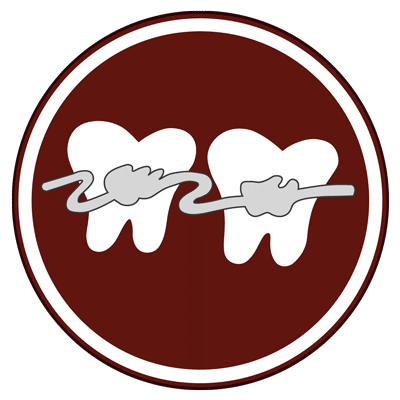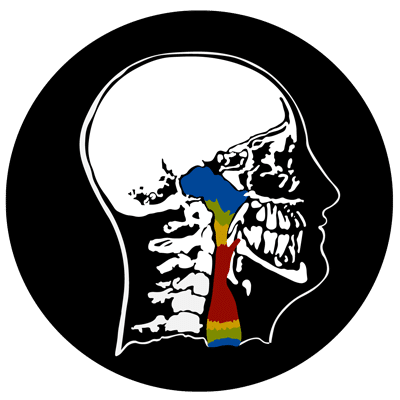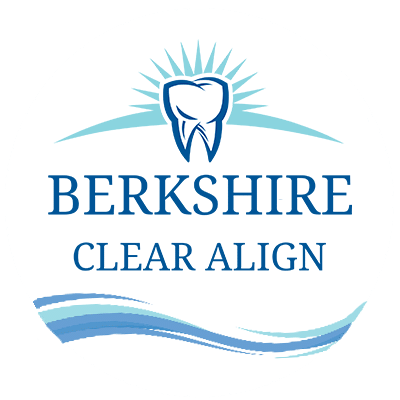Common Problems
Treated by Orthodontics

Why Orthodontics?
For many people, orthodontic treatment is a highly skilled field of dentistry with which they have had no experience. Because this is so often the case, we want to start with the basic facts about orthodontics. The most important reason for proper occlusion is dental health. When teeth are correctly aligned, decay is much less likely. Crowded, overlapping teeth are food traps, extremely difficult to brush and floss properly, and so decay is invited. Upper teeth that do not meet the corresponding lower teeth continue to shift, perhaps downward, or outward. Later in life this situation usually results in gum disease and can lead to early loss of teeth in adults.
Digestive disturbances often result from the inability of a child to chew their their lack of bite or sufficient occlusion. This situation thus affects the entire health.
In some cases, speech difficulties result from malocclusion. This is often true in a child who is a mouth breather or one who has a thumb sucking habit. Specially constructed appliances have proven to be highly successful in many cases.
Orthodontic treatment can, and does, eliminate the possibility of embarrassment because of protruding and malpositioned teeth. As appearance improves, self-confidence grows.
Ideal Occlusion
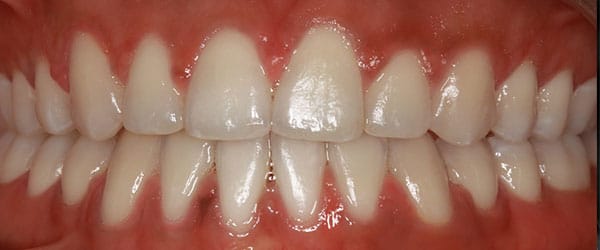
Some orthodontic conditions requiring braces include:
Upper Protrusion
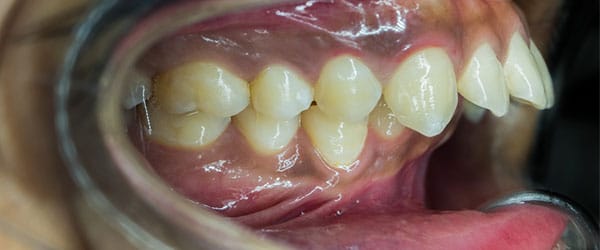
Upper front teeth extend beyond lower teeth. This condition is very common when mouth breathing and tongue thrust (reverse swallow) are present.
Impacted Teeth
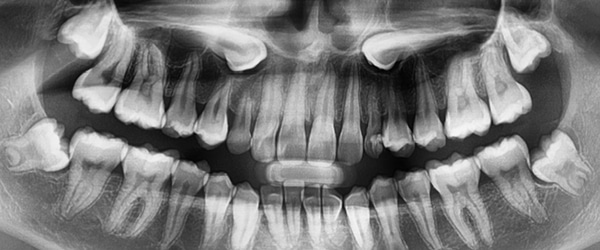
An impacted tooth is a tooth that fails to fully pass through the gums. Impacted wisdom teeth and cuspid (or canine) teeth are fairly common. Impacted wisdom teeth are typically extracted to prevent further damage to surrounding teeth. Impacted canine teeth can be exposed and orthodontics can be used to bring the tooth down into alignment with the other teeth.
Midline Shift
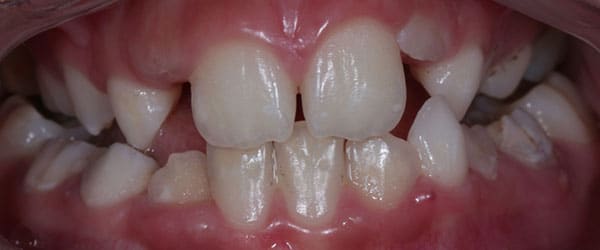
This condition occurs when the front teeth on the upper and lower jaws are not correctly aligned with one another and is recognizable when the central space between the upper and lower central teeth does not line up as it should. This can be caused by improper jaw alignment, posterior crossbite, or by teeth shifting as the permanent teeth erupt. When biting down, the upper and lower teeth do not line up. This makes for an uneven bite causing muscle tension and stiffness, which may lead to TMJ.
Open Bite
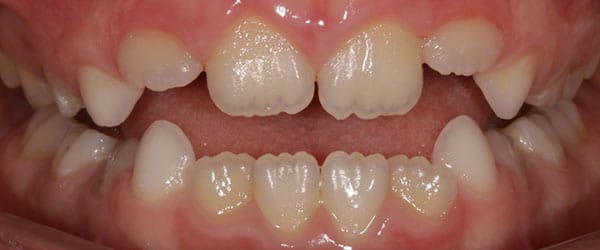
Open bite describes the condition that occurs when several upper and lower teeth are unable to make contact with each other. An open bite can make it difficult to bite or chew and can sometimes interfere with speech.
Overbite
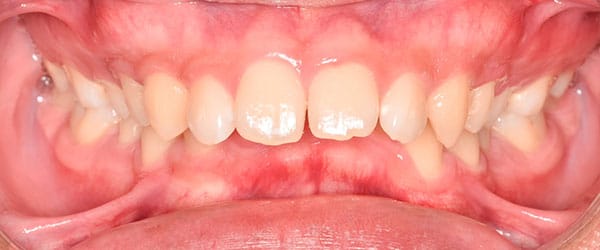
Often mistaken for protrusion, overbite is an excessive overlapping of upper anterior teeth over lower anterior teeth typically impinging on soft tissue of upper palate. The lower jaw is usually retruded and there is high incidence of TMJ with this malocclusion.
Spacing
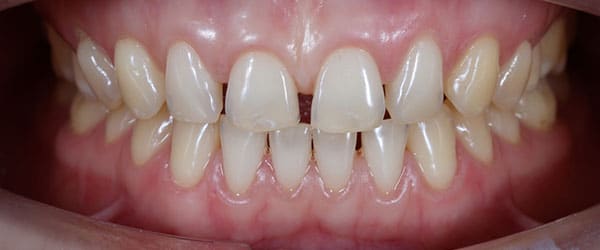
Extra space between teeth can allow food to become caught between teeth, which can contribute to gum disease or bone problems.
Crossbite
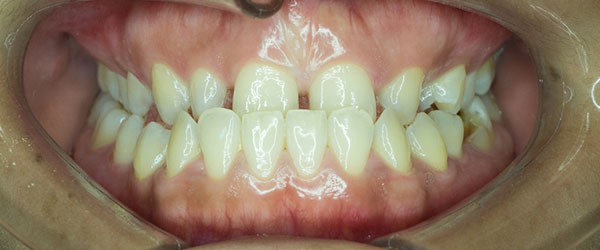
A crossbite occurs when the lower arch of teeth extends outside of the upper arch of teeth. It can be caused by irregular jaw growth in either the upper or lower jaw, or both. Missing upper teeth can also contribute to the development of an underbite. This condition can lead to TMJ problems (with pain in the jaw) or cause unhealthy wear patterns in the teeth.
Posterior Crossbite
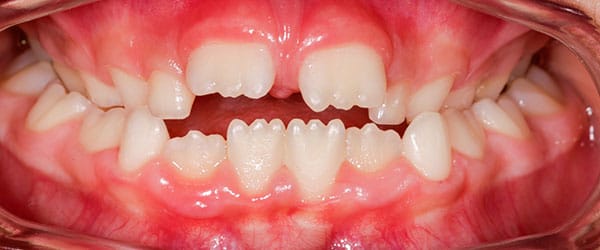
Posterior crossbite is a condition commonly seen in patients with upper airway and myofunctional issues. These factors contribute greatly to the under development of upper jaws.
Crowded Teeth

Overcrowding occurs when there is not enough space in the mouth for all of the teeth to fit with correct alignment. Crowded or crooked teeth can cause difficulty brushing and flossing and failure to correct crowded teeth may result in increased gum disease and tooth decay. Crowded teeth may become more crooked over time.
